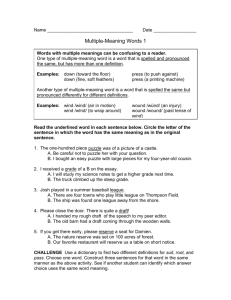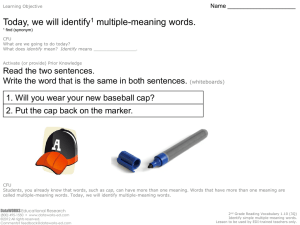Explore Multiple Meaning Words
advertisement
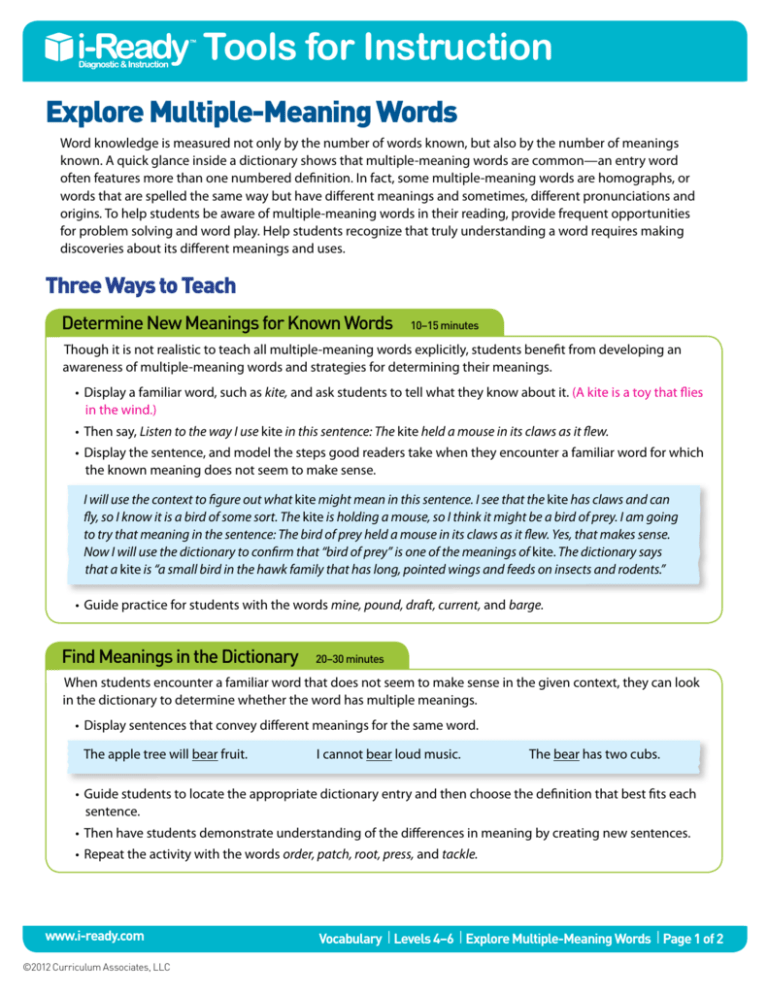
Tools for Instruction Explore Multiple-Meaning Words Word knowledge is measured not only by the number of words known, but also by the number of meanings known. A quick glance inside a dictionary shows that multiple-meaning words are common—an entry word often features more than one numbered definition. In fact, some multiple-meaning words are homographs, or words that are spelled the same way but have different meanings and sometimes, different pronunciations and origins. To help students be aware of multiple-meaning words in their reading, provide frequent opportunities for problem solving and word play. Help students recognize that truly understanding a word requires making discoveries about its different meanings and uses. Three Ways to Teach Determine New Meanings for Known Words 10–15 minutes Though it is not realistic to teach all multiple-meaning words explicitly, students benefit from developing an awareness of multiple-meaning words and strategies for determining their meanings. • Display a familiar word, such as kite, and ask students to tell what they know about it. (A kite is a toy that flies in the wind.) • Then say, Listen to the way I use kite in this sentence: The kite held a mouse in its claws as it flew. • Display the sentence, and model the steps good readers take when they encounter a familiar word for which the known meaning does not seem to make sense. I will use the context to figure out what kite might mean in this sentence. I see that the kite has claws and can fly, so I know it is a bird of some sort. The kite is holding a mouse, so I think it might be a bird of prey. I am going to try that meaning in the sentence: The bird of prey held a mouse in its claws as it flew. Yes, that makes sense. Now I will use the dictionary to confirm that “bird of prey” is one of the meanings of kite. The dictionary says that a kite is “a small bird in the hawk family that has long, pointed wings and feeds on insects and rodents.” • Guide practice for students with the words mine, pound, draft, current, and barge. Find Meanings in the Dictionary 20–30 minutes When students encounter a familiar word that does not seem to make sense in the given context, they can look in the dictionary to determine whether the word has multiple meanings. • Display sentences that convey different meanings for the same word. The apple tree will bear fruit. I cannot bear loud music. The bear has two cubs. • Guide students to locate the appropriate dictionary entry and then choose the definition that best fits each sentence. • Then have students demonstrate understanding of the differences in meaning by creating new sentences. • Repeat the activity with the words order, patch, root, press, and tackle. www.i-ready.com ©2012 Curriculum Associates, LLC Vocabulary I Levels 4–6 I Explore Multiple-Meaning Words I Page 1 of 2 i-Ready Tools for Instruction Play with Multiple Meanings 30–45 minutes Connect to Writing Students develop rich vocabularies through opportunities to play with words. Provide activities that help students engage their creativity. Choose from the following: • Have students draw cartoons that are based on multiple meanings. For example, what might they do to show a head of lettuce, a school of fish, or clicking on a mouse? • Explain that a pun is a joke that uses the multiple meanings of words to create humor. For example, A boiled egg in the morning is hard to beat. Have students experiment with writing puns that play on two meanings of a word. • Encourage students to create a game show where teams must correctly identify the word suggested by two common meanings. For example, A quacking animal in a downward motion is a… (ducking duck) • Write the different meanings of several multiple-meaning words on cards, one meaning per card. Then distribute the cards, taking care that each student will find at least one match in the class. Let students roam and talk to one another, looking for the student whose card has a meaning that relates to the same word. Have matching pairs present their word to you with sample sentences that convey each meaning. Check for Understanding If you observe... Then try... difficulty reading dictionary definitions providing a student-friendly dictionary, or offering a paraphrase of the definition. confusion about the difference in definitions using illustrations or objects to clarify the different meanings. Then have students give synonyms, examples, or nonexamples to demonstrate understanding. www.i-ready.com ©2012 Curriculum Associates, LLC Vocabulary I Levels 4–6 I Explore Multiple-Meaning Words I Page 2 of 2


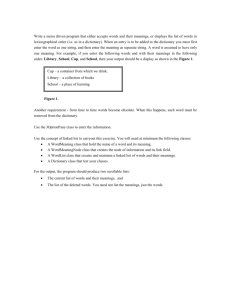
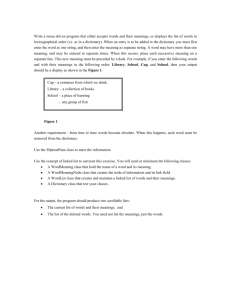
![Word Study [1 class hour]](http://s3.studylib.net/store/data/007905774_2-53b71d303720cf6608aea934a43e9f05-300x300.png)
